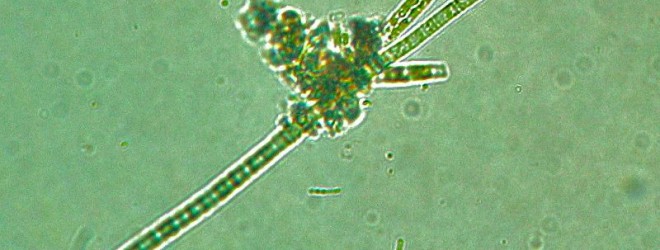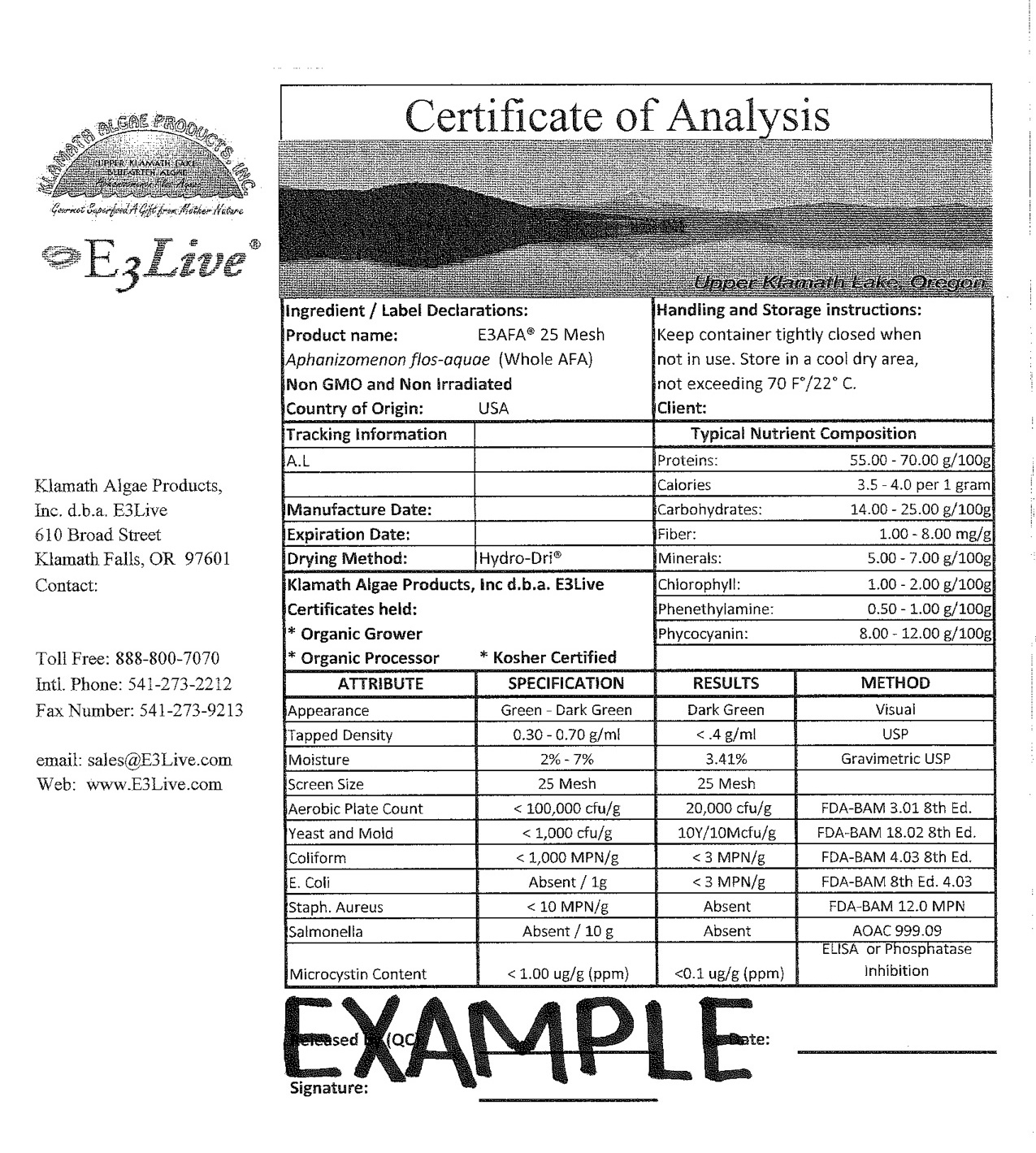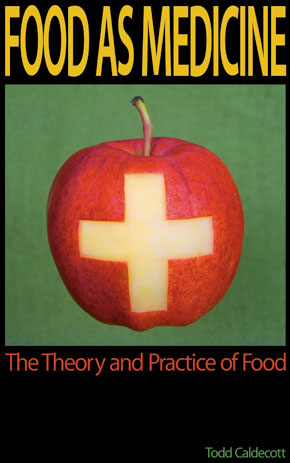With all of the hype on flax seeds could you please explain your recommendations on flax seeds and flax oil?!
The consumption of flax seed and flax oil was popularized during the early 1990s in response to scientific research suggesting that the chronic inflammation that characterizes Western civilization was caused by an imbalance between the ratio two different types of “essential” fatty acids, popularly known as “omega 6” and “omega 3”. The research showed that Westerners consumed too much omega six fatty acids, primarily, from recently introduced industrial fats such as corn oil, safflower oil and soya oil. As these new fats displaced traditional saturated fats such as butter, lard and tallow, the ratio of omega 6 fatty acids relative to omega 3s in the Western diet increased dramatically. The body uses omega six fatty acids to promote inflammation, and omega 3 fatty acids are metabolized to reduce or inhibit inflammation. Inflammation is a very useful and life-saving mechanism, like fever or blood clotting, but when we eat too much omega six, it promotes a state of chronic inflammation, and this causes disease.
When the research on the omega 6/3 issue became popularized in the 1990s, the solution offered by industry and government was to include more omega 3s in the diet, to counter-balance the omega 6s fats. Scientists scavenged the lipid landscape for sources of omega 3s, and arrived at flax seed as a candidate with great potential. Like many seed oils, flax is very high in unsaturated fatty acids, but unlike oils such as corn, safflower and soya, flax has a very high ratio of omega 3s relative to omega 6s. Thus did the humble flax attain the eminent position it has today, as the perfect antidote to a diet rich in omega 6 fatty acids.
Never mind, however, that flax oil was never traditionally used as a food. Rich in unstable, poly-unsaturated fatty acids, flax oil rapidly oxidizes, essentially turning it into a kind of polymer, like plastic. Thus flax, or linseed oil, was traditionally used as a binder in paints, as a wood finish, in putty for window glazing, and was even used to make linoleum: hence the name “lino”, referring to “linseed”. All of this might sound quite amazing, and perhaps even gives one pause to consider the miraculous benefits of flax seed. Unfortunately, the very thing that makes it useful in industry as “drying” oil, makes it toxic for daily consumption.
Of course most have a sense of this, which is why we dutifully buy our flax oil in dark-colored containers stored in the refrigerator. But mostly this is for show, as very often the flax oil is not stored in optimal conditions, between the point of manufacture and the consumer’s fridge. I worked for a time for a supplement company in Florida, and they stored their rather expensive omega 3 supplements in a non-refrigerated warehouse before shipping them out. In Florida. In the summer. But when their product shipped to the retail outlet, it was stored in branded refrigerators that gave the consumer the impression of quality. The research I’ve seen, however, is that even under optimal conditions, flax oil rapidly auto-oxidizes, and essentially becomes toxic within a few short months of manufacture. Supplement companies assure us that their oil products have a long shelf life, but their assurance isn’t based on anything more than laboratory simulations, not real-time field testing. If supplement companies were concerned about these issues, they would guarantee the quality of their oils on the basis of measures such as peroxide values and p-anisidine levels. But they will never do this, because every single study shows that the peroxide values and p-anisidine levels in these oils steadily increases as the oil ages. This is why conventional polyunsaturated cooking oils like corn and canola are industrially refined, to remove the unstable constituents that lead to their degradation. Of course it doesn’t mean that they are better for being refined, as this process creates geometric isomers, i.e. “trans-fats”, that are equally toxic.
Earlier this week I posted a news story to facebook, demonstrating that our need for omega 3 fats is placing enormous pressure on the ocean’s sea life, announced with the headline: “The marketing of fish oil to consumers is a manufactured solution to a manufactured problem.” As we can see from my discussion above, the concern for dietary omega 3s has arisen because we created the problem in the first place. The supposedly rational idea of eating more unstable omega 3 fats to counter-balance a diet rich in unstable omega 6 fats is like using gasoline to put out a fire. In truth, we only need very small amounts of these “essential” fatty acids, only 1-2 grams each, per day. What should have happened when this issue was first raised in 1990s, is that we should have eliminated all the new-fangled omega 6 fats from our diet, and returned to the fats that our great-grandparents used, including traditional fats from grass-fed animals, as well as other saturated fats including coconut and (ethical) palm oil, and monounsaturated fatty acid sources such as almond and olive. What’s unique about all these fats is that they don’t contain much in the way of omega 6/3 fatty acids, which makes that a good thing when it comes to cooking, because as we have seen, omega 6/3 fatty acids are easily turned into highly toxic free radicals when exposed to heat, light or oxygen. But what small amounts they do have, and in particular the fat from grass-fed animals, is a perfectly balanced ratio of omega 6/3s. Beef tallow, for example, has a contains about 4% omega 6 fatty acids, and 1% omega 3 fatty acids, which is a ratio of 4:1. In contrast, cooking oils like corn oil have a ratio of omega 6 to omega 3 fatty acid that is about 50:1. Based on the math, you are ten times more likely to experience inflammation eating corn oil, compared to beef fat.
The reason why public health recommendations didn’t call for returning to traditional fats was manifold, but chief among the reasons, including collusion between government and industry, was the old cherry that traditional fats such as butter and beef fat contain saturated fat, and saturated fat causes heart disease. This notion has been promulgated for almost a century now, but the association between saturated fat and heart disease was never properly established, and now that some scientists have extricated themselves from this social bias, we now have a growing body of research that saturated fat has no impact upon the health of your arteries, and is not associated with heart disease at all. In fact, fats rich in saturated fatty acids are one of the best sources of essential fatty acids, because if they contain them, like butter, tallow and lard, the delicate polyunsaturated fatty acids are perfectly protected by the heat-resistant saturated fats and cholesterol. Gosh, it almost looks like it was designed that way…!
In summation, I recommend to all my patients to assiduously avoid directly consuming polyunsaturated fatty acids, including flax oil. The organic flax oil you buy from the store is good for some things: like wood finishing and seasoning cast iron pans, but not to eat. When it comes to flax seeds, however, my opinion changes slightly. I still don’t consider flax a food, but it does have some useful medicinal properties. When the whole seeds are soaked overnight in water, they absorb fluid, and can be helpful as a bulk laxative in the treatment of constipation. Some people like to freshly grind flax seed, and then add it to their food. I don’t have major issues with this, as there is much less oil in whole ground flax seed than the oil product itself, and what it does have, has been perfectly protected, enclosed within the shell of the seed, which protects the oil from oxidation. There is also some research showing that constituents in flax called lignans may have a protective effect in diseases such as breast cancer and prostate cancer, and may help lower cholesterol, but other claims such as flax being useful for hot flashes or to improve bone density have proven to be false. Flax isn’t the only source of dietary lignans, however, as they can also be found in seeds such as sesame seed, cruciferous vegetables, and fruits such as strawberry and apricot. All in all, I don’t recommend eating more than 1-2 tbsp of ground flax seed per day, on a regular basis.


 While cayenne was Thomson’s standby for digestion, I explored further and came across a specific formula in King’s American Dispensatory called “
While cayenne was Thomson’s standby for digestion, I explored further and came across a specific formula in King’s American Dispensatory called “


